10 Things That Your Competitors Teach You About Wood Burners
The Benefits of Wood Burners
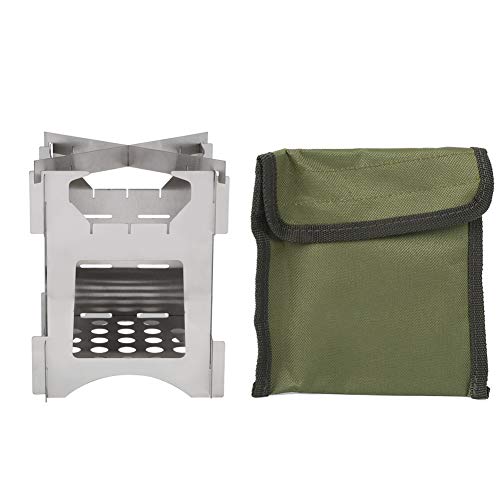 A wood burner is an excellent way to heat your home. This is especially beneficial in winter when power outages are more frequent.
A wood burner is an excellent way to heat your home. This is especially beneficial in winter when power outages are more frequent.
Log burners are a great way to save money on energy particularly if you reside somewhere where firewood is easily available. Additionally heating your home with wood your home is a renewable energy source.
Warmth
The simple act of sitting in front of a blazing fire can give you a wonderful sensation of warmth and relaxation during cold, wintery weather. This is especially true with wood-burning fireplaces because they are more efficient than open fireplaces. They can also be designed to heat large areas of the home.
They also generate significantly less indoor emissions than many fossil fuel heating options if employed correctly. They are a great option for those looking to cut their energy costs. A typical wood stove will save families between PS 500 and Wood Burning fire PS 1,000 per year on heating expenses.
Wood burners not only save money, but also create a warm and welcoming environment in the home. They can be a wonderful addition to a period property or even a contemporary one and provide a cosy alternative to central heating. They also provide an old-fashioned look that is hard to replicate using gas or electric heaters.
The best way to get the most from a wood-burning stove is to stick with the kiln dried wood that has been split, cut and stacked correctly before being burned. The reason is that unseasoned, green wood requires a significant amount of energy to remove the water inside the logs through evaporation before it produces any heat. This means that it requires twice the amount of logs in order to produce the same amount of heat as well seasoned wood.
The location of your wood or fuel stove will also have a significant impact on how efficiently heat is dispersed throughout your home. A knowledgeable and experienced professional will ensure that your stove is sized and positioned to maximize the efficiency of your system.
A wood burner is more reliable than other heating options, because it doesn't require electricity or oil to run. It is possible to maintain a comfortable room temperature even in power outages. In addition having a wood burner in the coldest days of winter can help lessen the load on the electric grid and help keep electricity prices lower. Wood burner users can gain from this.
Convenience
Wood burners have a unique ability to instantly create a cosy atmosphere. Whether you're sitting in front of it with a glass of wine, reading a book or simply enjoying the dancing flames, you get that feeling of complete escapism and comfort. They can also add to the homely feel of your home, offering a place to spend time with family members and friends in a non-digitalised space.
Another benefit is that they help you save money on costs for energy, particularly in the event that you are able to store logs. Modern stoves that are high-efficiency can reach up to 80% efficiency. You get a lot more heat for less money. They also burn logs more efficiently than traditional open fires and require less maintenance. Some models are suitable for cooking and heating, wood burning fire so you can find a model that is suitable for your taste.
A woodburner can aid in reducing carbon dioxide emissions. wood burning stove sale is a low carbon fuel and is usually cheaper than gas or oil. Many of the more recent Wood burning fire-burning stoves are certified by the EPA and have catalytic combustor technologies to further reduce emissions. By regularly cleaning the flue vent, and ensuring sufficient air flow, you can minimize the buildup of creosote and stop chimney fires.
Whether your wood burner is built in or freestanding on the wall, they are available in a range of designs and sizes to suit your space. You can choose from a variety of colors to match your interior. They can be constructed with a flat top, allowing you to cook delicious meals from scratch.
If you're planning to purchase a wood-burner, it's important to consult the local authority for any regulations and rules regarding what and when it's allowed to burn wood. Certain places have nuisance/odor restrictions or visible emission (opacity) limits that could mean you won't be able to use it in certain weather conditions. Some areas also have regulations regarding the amount of wood you can burn each year. By keeping your wood burner in a safe place and maintaining it in a proper manner you will be sure that you use it according to the way it was intended and will be in compliance with the local laws.
Family Time
Whether you sit back reading a book or chat with your family over a coffee, a wood burning stove is the ideal spot to relax. The warm glow of the flame and the aroma of burning wood create a cozy, homey environment that is perfect to unwind after a long day.
With a lot of log stoves featuring an integrated cooking grate, it's also possible to cook meals on the stove's logs, thereby saving money on food bills and cutting down your carbon footprint. This is a fantastic way of adding flavor to your meat dishes, especially.
You must ensure that you have enough ventilation to avoid smoke harming your lungs and health. The air pollution that is produced by stoves, open fireplaces and other wood heaters can be dangerous. It can lead to heart and lung issues as well as dementia and loss of pregnancy. The tiny particles called PM2.5 are produced when wood and coal are burned.
Fortunately, this type of air pollution is easily avoided by using cleaner burning stoves, ensuring that the flue stays clean and that only dry wood is used. To lessen the risk of a chimney fire, those who have installed stoves in their homes ought to have their chimneys inspected by a professional at least once per year.
A wood-burning fireplace can be the focal point of a living area and is a great location for families to get together. By creating an area of focus that is not the TV, it encourages families and friends to get involved with one another. This is something that's often lacking in our hectic lives. Sitting around the fire and playing an old-fashioned board game, working on an jigsaw puzzle, or simply talking can help you strengthen your relationships with your family. A stove in your sitting room is a simple way to do this.
Energy Efficiency
double sided wood burner burning stoves are an excellent source of heat as they do not require electricity or gas. They can operate during power outages, in contrast to other heating systems that will stop working. This can give you an extra layer of security during winter, especially when you live in remote areas with limited access to other sources of energy.
Additionally using a log-burner can help you to become more environmentally friendly. The burning of fossil fuels such as oil and coal isn't only unreliable, but also adds to the global carbon emissions that contribute to climate change. Since wood is a renewable resource it can be used to heat homes, as well as cutting down on our reliance on fossil fuels, which will eventually be exhausted.
Modern log burners are also designed with efficiency in mind. It has features such as adjustable airflow and automatic grates cleaning to improve performance. If it is properly maintained and monitored it can be effective in reducing energy consumption, while also reducing the amount of smoke and particulates released into the atmosphere.
The right wood can enhance the efficiency of your stove. Oak and hickory offer more heating power per pound than pine or other softwoods. It is recommended to only burn seasoned and dried firewood. Dry or unseasoned wood will produce creosote that coats the flue and obscurs the glass and may be dangerous to your health.
Wood burners are a chic and elegant way to heat your house while helping to create a sustainable future. They're a focal point in living rooms, encouraging family gatherings and a cozy atmosphere in winter. They also make a great choice for people who want to cut down on their electric bill as they can save money by switching to alternative fuels like wood.
When purchasing a new wood burner it is important to make sure that the manufacturer has a good reputation. This will ensure that the stove is well-built and designed to last for many years. It is recommended to keep the stove in good condition by ensuring that it is cleaned on a regular basis. This will stop the accumulation of ash in the flue vent making it unusable.
 A wood burner is an excellent way to heat your home. This is especially beneficial in winter when power outages are more frequent.
A wood burner is an excellent way to heat your home. This is especially beneficial in winter when power outages are more frequent.Log burners are a great way to save money on energy particularly if you reside somewhere where firewood is easily available. Additionally heating your home with wood your home is a renewable energy source.
Warmth
The simple act of sitting in front of a blazing fire can give you a wonderful sensation of warmth and relaxation during cold, wintery weather. This is especially true with wood-burning fireplaces because they are more efficient than open fireplaces. They can also be designed to heat large areas of the home.
They also generate significantly less indoor emissions than many fossil fuel heating options if employed correctly. They are a great option for those looking to cut their energy costs. A typical wood stove will save families between PS 500 and Wood Burning fire PS 1,000 per year on heating expenses.
Wood burners not only save money, but also create a warm and welcoming environment in the home. They can be a wonderful addition to a period property or even a contemporary one and provide a cosy alternative to central heating. They also provide an old-fashioned look that is hard to replicate using gas or electric heaters.
The best way to get the most from a wood-burning stove is to stick with the kiln dried wood that has been split, cut and stacked correctly before being burned. The reason is that unseasoned, green wood requires a significant amount of energy to remove the water inside the logs through evaporation before it produces any heat. This means that it requires twice the amount of logs in order to produce the same amount of heat as well seasoned wood.
The location of your wood or fuel stove will also have a significant impact on how efficiently heat is dispersed throughout your home. A knowledgeable and experienced professional will ensure that your stove is sized and positioned to maximize the efficiency of your system.
A wood burner is more reliable than other heating options, because it doesn't require electricity or oil to run. It is possible to maintain a comfortable room temperature even in power outages. In addition having a wood burner in the coldest days of winter can help lessen the load on the electric grid and help keep electricity prices lower. Wood burner users can gain from this.
Convenience
Wood burners have a unique ability to instantly create a cosy atmosphere. Whether you're sitting in front of it with a glass of wine, reading a book or simply enjoying the dancing flames, you get that feeling of complete escapism and comfort. They can also add to the homely feel of your home, offering a place to spend time with family members and friends in a non-digitalised space.
Another benefit is that they help you save money on costs for energy, particularly in the event that you are able to store logs. Modern stoves that are high-efficiency can reach up to 80% efficiency. You get a lot more heat for less money. They also burn logs more efficiently than traditional open fires and require less maintenance. Some models are suitable for cooking and heating, wood burning fire so you can find a model that is suitable for your taste.
A woodburner can aid in reducing carbon dioxide emissions. wood burning stove sale is a low carbon fuel and is usually cheaper than gas or oil. Many of the more recent Wood burning fire-burning stoves are certified by the EPA and have catalytic combustor technologies to further reduce emissions. By regularly cleaning the flue vent, and ensuring sufficient air flow, you can minimize the buildup of creosote and stop chimney fires.
Whether your wood burner is built in or freestanding on the wall, they are available in a range of designs and sizes to suit your space. You can choose from a variety of colors to match your interior. They can be constructed with a flat top, allowing you to cook delicious meals from scratch.
If you're planning to purchase a wood-burner, it's important to consult the local authority for any regulations and rules regarding what and when it's allowed to burn wood. Certain places have nuisance/odor restrictions or visible emission (opacity) limits that could mean you won't be able to use it in certain weather conditions. Some areas also have regulations regarding the amount of wood you can burn each year. By keeping your wood burner in a safe place and maintaining it in a proper manner you will be sure that you use it according to the way it was intended and will be in compliance with the local laws.
Family Time
Whether you sit back reading a book or chat with your family over a coffee, a wood burning stove is the ideal spot to relax. The warm glow of the flame and the aroma of burning wood create a cozy, homey environment that is perfect to unwind after a long day.
With a lot of log stoves featuring an integrated cooking grate, it's also possible to cook meals on the stove's logs, thereby saving money on food bills and cutting down your carbon footprint. This is a fantastic way of adding flavor to your meat dishes, especially.
You must ensure that you have enough ventilation to avoid smoke harming your lungs and health. The air pollution that is produced by stoves, open fireplaces and other wood heaters can be dangerous. It can lead to heart and lung issues as well as dementia and loss of pregnancy. The tiny particles called PM2.5 are produced when wood and coal are burned.
Fortunately, this type of air pollution is easily avoided by using cleaner burning stoves, ensuring that the flue stays clean and that only dry wood is used. To lessen the risk of a chimney fire, those who have installed stoves in their homes ought to have their chimneys inspected by a professional at least once per year.
A wood-burning fireplace can be the focal point of a living area and is a great location for families to get together. By creating an area of focus that is not the TV, it encourages families and friends to get involved with one another. This is something that's often lacking in our hectic lives. Sitting around the fire and playing an old-fashioned board game, working on an jigsaw puzzle, or simply talking can help you strengthen your relationships with your family. A stove in your sitting room is a simple way to do this.
Energy Efficiency
double sided wood burner burning stoves are an excellent source of heat as they do not require electricity or gas. They can operate during power outages, in contrast to other heating systems that will stop working. This can give you an extra layer of security during winter, especially when you live in remote areas with limited access to other sources of energy.
Additionally using a log-burner can help you to become more environmentally friendly. The burning of fossil fuels such as oil and coal isn't only unreliable, but also adds to the global carbon emissions that contribute to climate change. Since wood is a renewable resource it can be used to heat homes, as well as cutting down on our reliance on fossil fuels, which will eventually be exhausted.
Modern log burners are also designed with efficiency in mind. It has features such as adjustable airflow and automatic grates cleaning to improve performance. If it is properly maintained and monitored it can be effective in reducing energy consumption, while also reducing the amount of smoke and particulates released into the atmosphere.
The right wood can enhance the efficiency of your stove. Oak and hickory offer more heating power per pound than pine or other softwoods. It is recommended to only burn seasoned and dried firewood. Dry or unseasoned wood will produce creosote that coats the flue and obscurs the glass and may be dangerous to your health.
Wood burners are a chic and elegant way to heat your house while helping to create a sustainable future. They're a focal point in living rooms, encouraging family gatherings and a cozy atmosphere in winter. They also make a great choice for people who want to cut down on their electric bill as they can save money by switching to alternative fuels like wood.
When purchasing a new wood burner it is important to make sure that the manufacturer has a good reputation. This will ensure that the stove is well-built and designed to last for many years. It is recommended to keep the stove in good condition by ensuring that it is cleaned on a regular basis. This will stop the accumulation of ash in the flue vent making it unusable.

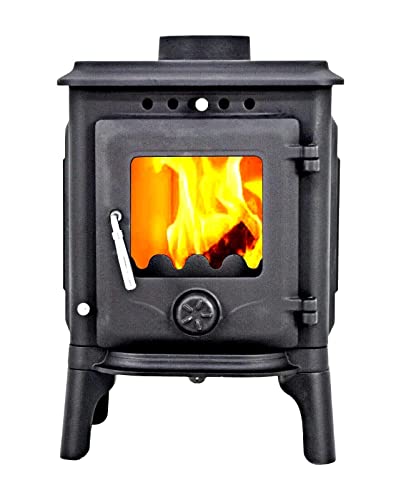 Wood stoves that are new may be more efficient than older models, however they still release large quantities of pollutants into the air. To limit your exposure to pollutants, choose a model that is EPA-certified to be over 72 percent efficient. Burn only seasoned, dry wood. This type of wood creates less toxins and produces more energy than fresh, green wood.
Wood stoves that are new may be more efficient than older models, however they still release large quantities of pollutants into the air. To limit your exposure to pollutants, choose a model that is EPA-certified to be over 72 percent efficient. Burn only seasoned, dry wood. This type of wood creates less toxins and produces more energy than fresh, green wood.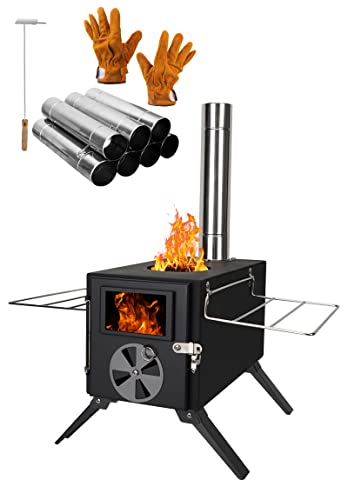
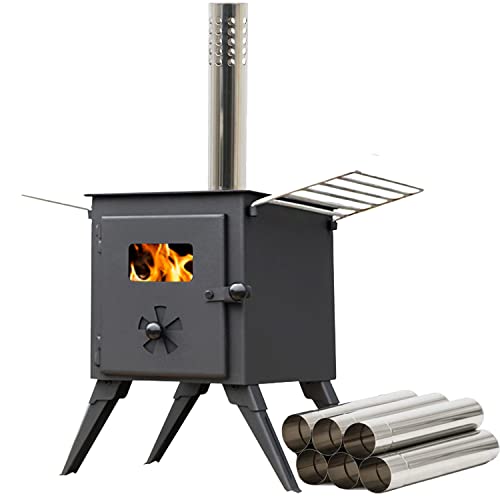
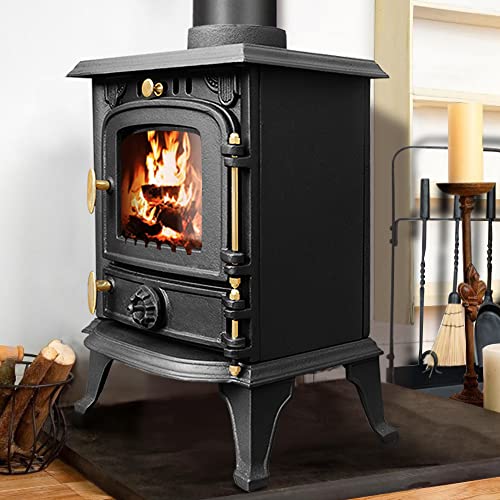 Wood stoves are increasing in popularity with consumers who are looking for ways to lower their energy costs. A wood stove can also be a stylish addition to a home. Certain manufacturers offer modern designs that fit well in contemporary homes. Jotul for instance, has a sleek, cylindrical «Kakelugn» that are perfect for modern kitchens.
Wood stoves are increasing in popularity with consumers who are looking for ways to lower their energy costs. A wood stove can also be a stylish addition to a home. Certain manufacturers offer modern designs that fit well in contemporary homes. Jotul for instance, has a sleek, cylindrical «Kakelugn» that are perfect for modern kitchens.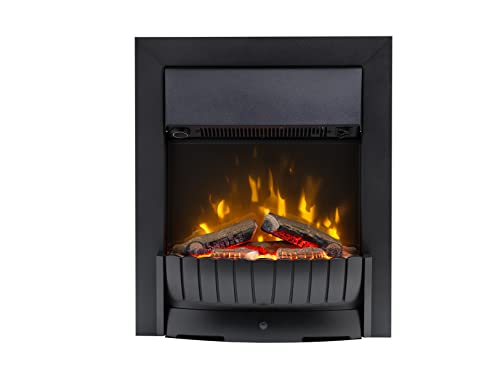 The company, located in Mukilteo, Washington, sells their stoves through special hearth stores across the country. This is a great way to find the perfect stove for you, however it also comes with an issue since the prices are kept secret in order to increase the profit margins of the sellers. This means that some people pay more for their stove than they actually need to. Before buying a wood stove it is crucial to confirm the warranty offered by the company.
The company, located in Mukilteo, Washington, sells their stoves through special hearth stores across the country. This is a great way to find the perfect stove for you, however it also comes with an issue since the prices are kept secret in order to increase the profit margins of the sellers. This means that some people pay more for their stove than they actually need to. Before buying a wood stove it is crucial to confirm the warranty offered by the company.
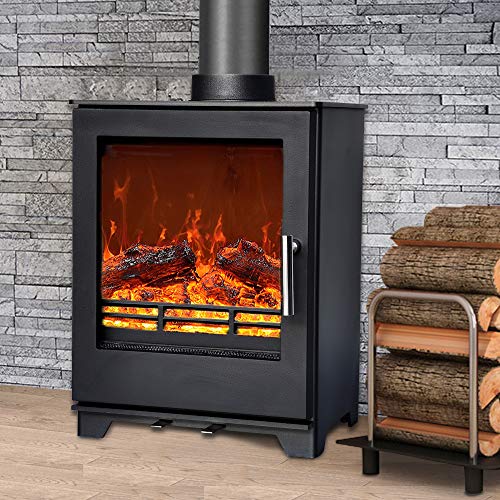 2. Exempt from Defra
2. Exempt from Defra Causes of Electric Stove Fires
Causes of Electric Stove Fires